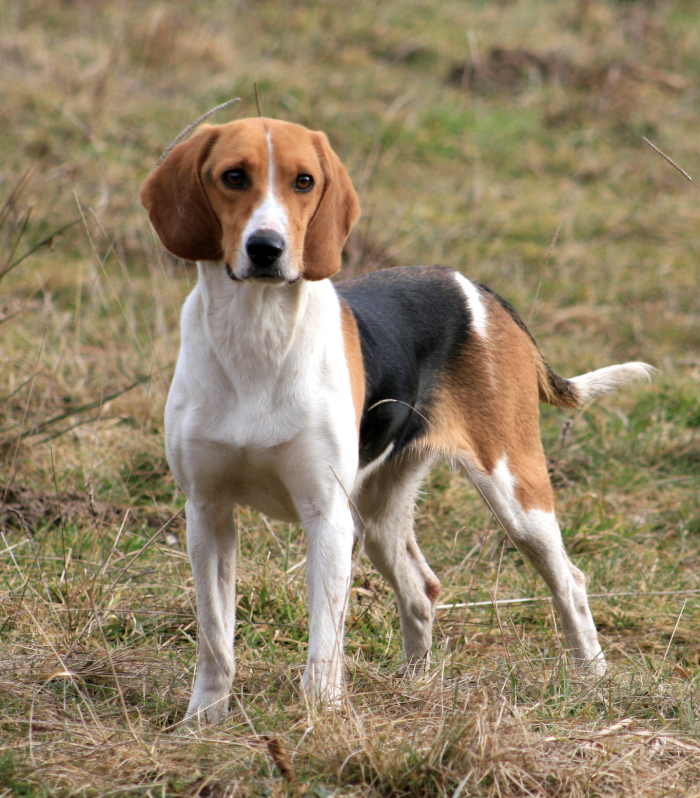
Colorado, birthplace of National Purebred Dog Day, has 637 mountains between 13,000 and 13,999 feet high, but there are fifty-three peaks that are 14,000-feet in elevation. Known to locals as “14’ers,” it’s a Colorado “thing” (a badge of honor, if you will) to climb all of them. It takes most active people anywhere from 5-15 years to scale them all, but it’s a big ask because half of them are located on wilderness land, and five of them require scrambling or climbing along exposed routes where a fall can be fatal (and that’s in good weather). Variable mountain climate and altitude sickness can also undo the best of plans among even the fittest.
Colorado is certainly not alone in offering geographical challenges as sport. Estonia is a relatively flat country, but it does have 182 named “mountains” (foothills, some would good naturedly sneer since the tallest “peak” is 1,043 feet high) and skiing across the twenty highest of them in a single day has become an annual tradition, a rite of passage for outdoor enthusiasts. These mägi, or mountains, line up in a corridor some five miles long, and people who manage to climb all twenty peaks in a single day earn the title of “Lumeilves,” or Snow Lynx.
There’s no record of Estonia’s only native dog breed, the Estonian Hound, of ever having gone along on any of these climbs, though this is a very athletic hound. The breed was developed in 1947 after the Soviet Union’s national economy ministry mandated that every country in the Union must have its own dog breed. On the face of it, critics said the mandate was simply to show the world that the Soviet Union was one big happy family, not a loose collection of countries held by force under Russian domination. Each country having its own national breed showed off the Soviet Union’s magnanimity. The real reason was more likely driven by the impact that large hunting dogs had on wildlife in Soviet satellite countries, namely, the rapid decline of wildlife. Thus, the mandate was for smaller hunting dogs no taller than 17 inches.
Either way, this was a problem.
Estonia didn’t have any pre-existing breeds suitable for a new breed with a maximum height of 17 inches. Before 1947, Estonian hunters enjoyed hunting with a variety of hounds of different sizes. Necessarily, then, the Estonian Hound had to be developed through the crossbreeding of smaller hounds including Beagles, Russian-Polish Hounds, Dachshunds, and Swiss Hounds. Credited with laying the foundation for the breed, dog expert, Sergey Smelkov, led a two-decade effort to develop the breed in response to the Communist Party’s new rules.
The end result, it’s said, surprised everyone in the USSR. The dogs called the Eesti Hound, or Estonian Hound, were beautiful, easy to keep, and proved to be excellent hunting dogs. They were supremely agile, hard-driven, and assertive when hunting, but friendly and good natured with its family.
